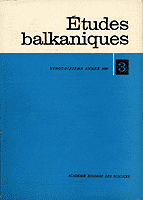


Keywords: Turkish neo-classical style; the Balian family of architects; reconstruction; ideal form; architectural and cultural multicoding.
The Azizija Mosque in Brezovo Polje, Bosnia and Herzegovina, was built in the 19th century and destroyed in 1993; it was an outstanding work of architecture, the value of which has not previously been comprehensively and accurately determined. This study is intended to identify those marked values, which include its significant stylistic value (“Turkish neo-Classicism”) and symbolic value, where its multivalent architectural code may be associated with Bosnia’s cultural landscape. The study is based on research associated with the project for the restoration of the Azizija Mosque in Brezovo Polje and on wider-ranging studies on the topic.
More...Keywords: JEL: A11; B31; B41; E20; F01; P10
In the contemporary scientific and socio-political space the works of K. Marx are in total oblivion. Even more, during the whole 20th century in the Western countries, and lately in the Eastern ones, he is anathematized politically and scientifically as an evil spirit. And still - is the scientific heritage of Marx actual and useful in the contemporary realities? Stating such a question in public today sounds almost like a provocation. Science, though, has its own rules, which define its moral. The paper is an attempt, firstly, to show, that despite the fact that it looks paradoxically at first, the theory of Marx is not only actual, but in the new realities will become even more actual. Secondly, the paper gives arguments for the fact that the intransient significance of Marx' ideology more adequately identifies and meets the global challenges, which the whole humankind has faced and still faces.
More...Keywords: performance; ecology; bodies; practices; nature; affect; theory
Our aim in constructing our keynote events was to present a spectrum of approaches to the conjunction of performance and ecology, to give some account of what has been done in writing and in practice. We also wanted to demonstrate in our methodology some of the dynamics of the conjunction; to raise some questions both about the 'ecology' of a 'performance' in a group setting and to suggest some topics for further speculation. Since we adopted an interactive approach, picking up approaches and points for discussion from each other and moving, physically and metaphorically, around the space, we cannot completely reproduce the process and directionality of that event in writing. Instead, we offer a set of notes and topics, written individually by each of us but woven together in what seems like a useful sequence, but which is not, either in its sequence or in the exact words, a replica of what occurred in the session. We will cover much if not all of what we tried to raise there, and there may be occasional additions. We start to think about the complexity of what might constitute an ecology of the theatre. Although we do not ignore text, we focus principally on the nature of performance training and practice and the kinds of 'ecological' knowledge which can be identified here, the relationship between performance and site/location/environment, and the ways in which thinking about theatre and performance as an ecology problematises what goes on. We question the nature/culture binary which would keep the two separate, and we’ve tried to come up with different ways of addressing that. We also challenge the idea that human beings, and by extension theatre, are in some way separate from nature and the animal.
More...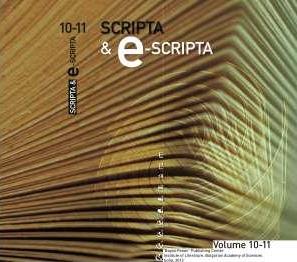
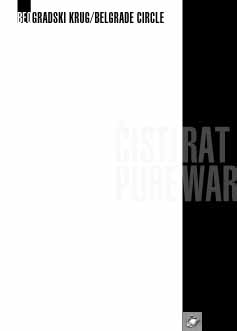
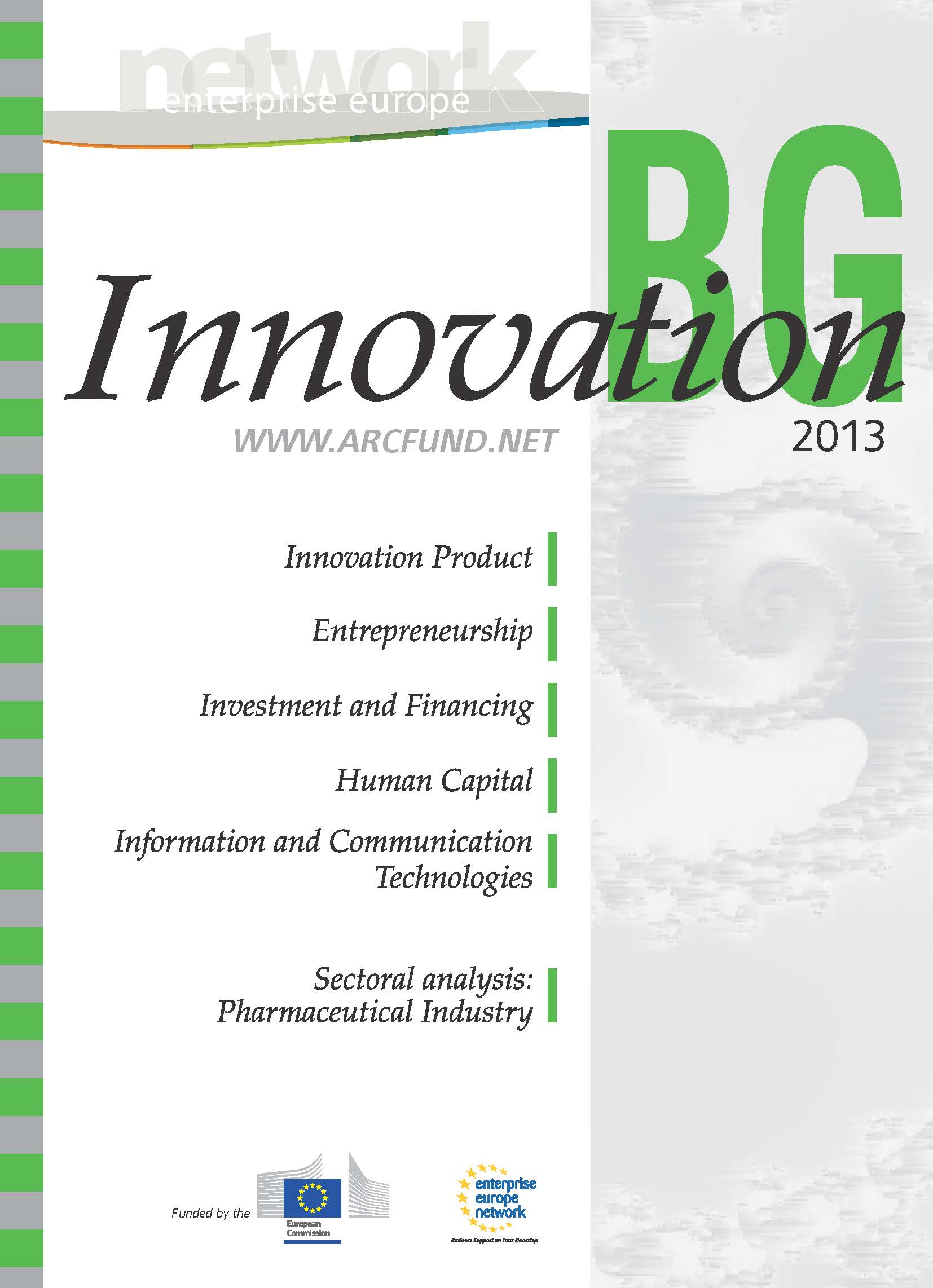
For more than a decade the annual Innovation.bg report has provided a reliable assessment of the innovation potential of the Bulgarian economy and the state and development capacity of the Bulgarian innovation system. It has put forward recommendations for improved public policy on innovation in Bulgaria and the EU by drawing on the latest international theoretical and empirical research while taking into account the specific economic, political, cultural, and institutional framework in which the country's innovation system is operating. During the last nine years Innovation.bg has made specific recommendations for the improvement of innovation policy and practice, which have been supported by business and the science sector. Innovation.bg 2013 focuses on the innovation potential of the pharmaceutical sector.
More...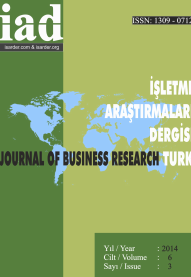
Keywords: Perceived Organizational Support; Firm Performance; Intrapreneurship; OSTİM-Ankara;
In global competitive business environment, to ensure that organizations have the advantage of competition, organizational support and internal entrepreneurship provided for the employees and as a result of these, the target business performance have become more and more important recently. Therefore, to determine the effects of organizational support perceived by the employees, the effect of entrepreneurship activities within the organization on business performance and to find out whether internal entrepreneurship has a mediating role in the effect of perceived organizational support, a study has been conducted on the employees of 23 organizations working in the field of electronics in OSTIM, which is an industrial zone in Ankara, Turkey. The analysis of the data gathered through a survey study and the relationships between these variables were analyzed and it was found out that perceived organizational support affects internal entrepreneurship and business performance positively and internal entrepreneurship has a positive effect on financial performance as well. However, it was determined that internal entrepreneurship does not have a mediating role in the relationship of perceived organizational support and business performance.
More...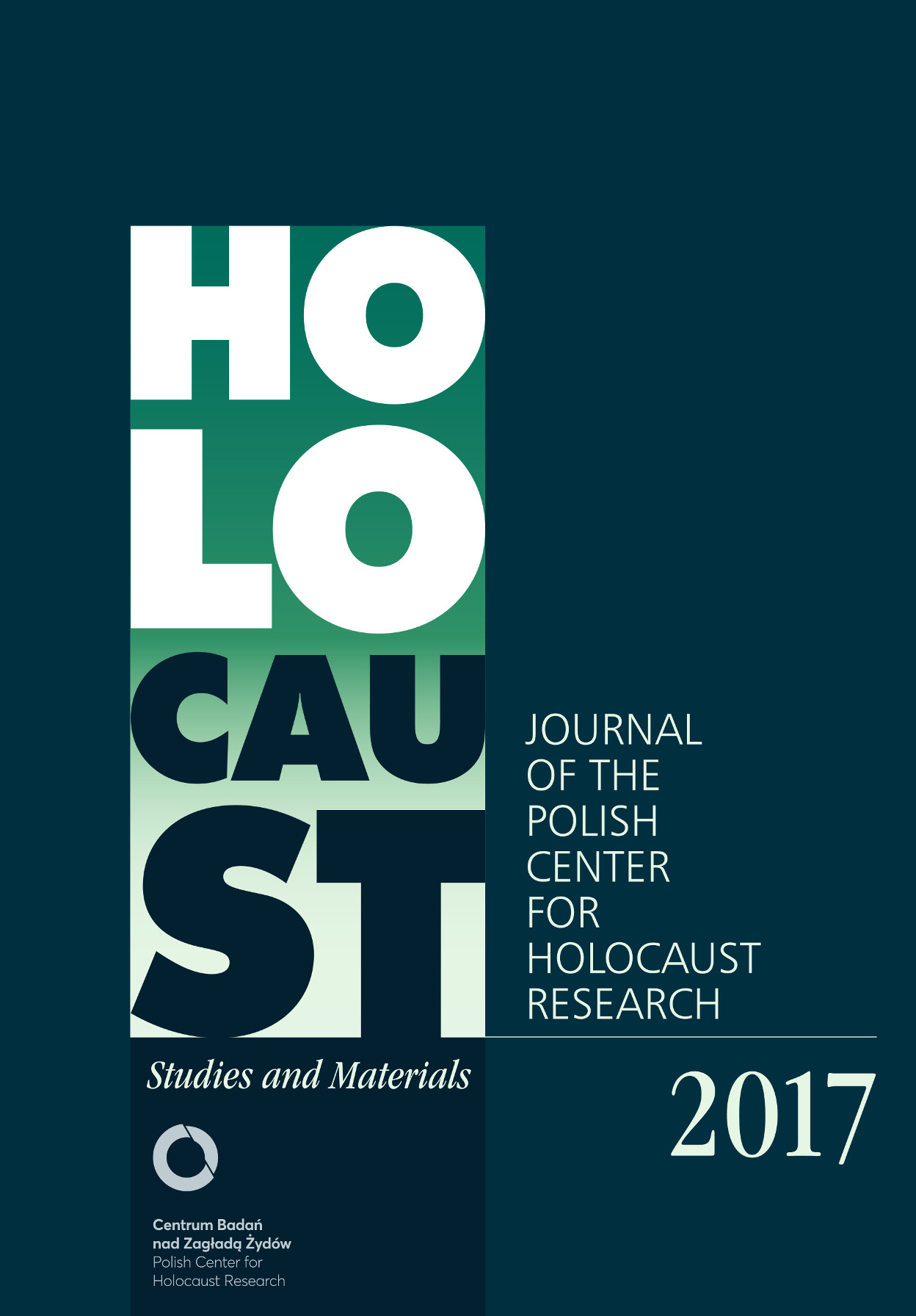
Keywords: post-war period; Polish Tatra Podhale; anti-Jewish violence; murders of Jews; Jewish orphanages; anti-communist partisans; Józef ‘Ogień’ Kuraś
This article discusses the armed anti-Jewish violence and the events connected with it, which occurred in the Polish Tatra Highlands (southern Poland) during1945–1947. The number of Jewish victims exceeded thirty, including children from Jewish orphanages. Among the perpetrators of those acts of terror were partisans from the group commanded by Józef Kuraś ‘Ogień’ – one of the most important symbols of anti-communist resistance. This article is a results of several years of research and is based on highly diverse sources. Its main purpose is to recreate those events, with particular attention given to the victims of those acts of violence.
More...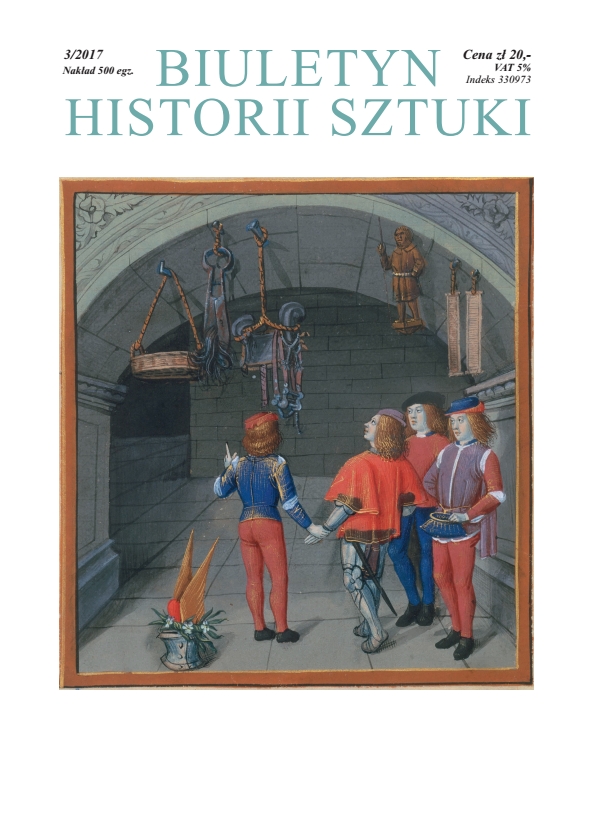
Keywords: Polish modernism; House of the Architect; colour in architecture; neoplasticism; formation Praesens; Warszawa, Warsaw; Bohdan Lachert; Le Corbusier;
Energy of Colour and Synergy of Arts. House of the Architect Bohdan Lachert A private house of the architect Bohdan Lachert developed at 8 Katowicka Street in Warsaw’s Saska Kępa District, was designed by the architectural company Lachert & Szanajca in 1928, according to the five rules of modern architecture presented by Le Corbusier. Le Corbusier’s solutions presented at the housing Weissenhofsiedlung exhibition in Stuttgart (two versions of a modular Citrohan house, 1927) served as its direct inspiration. The colours and the interior arrangement were Lachert’s genuine creation. In one of his interviews, the architect gave his idea about the rules of composing private space: ‘perception of this interior consists in searching for unicoloured surfaces which together form a spacious unit made mainly of three dimensions: vertical, horizontal, and the third one of a spatial cube”. Developed almost two decades before Władysław Strzemiński’s renowned New Plastic Room (1946—48), it had the colour disposition completed with a colourful office furniture set designed by Lachert. It became an element of an artistic dialogue between the Dutch group De Stilj (Theo van Doesburg, Piet Mondrian) and the Polish modernist formation Praesens, which, along with Lachert and Szanajca, was co-created by the marriages of the Syrkuses (Helena and Szymon) and the Brukalskis (Barbara and Stanisław). This pioneer adaptation of neoplasticism to architectural space, known only from archival photographs, became also one of the earliest efforts meant to adapt Katarzyna Kobro’s unistic laboratory spatial studies to larger scales.
More...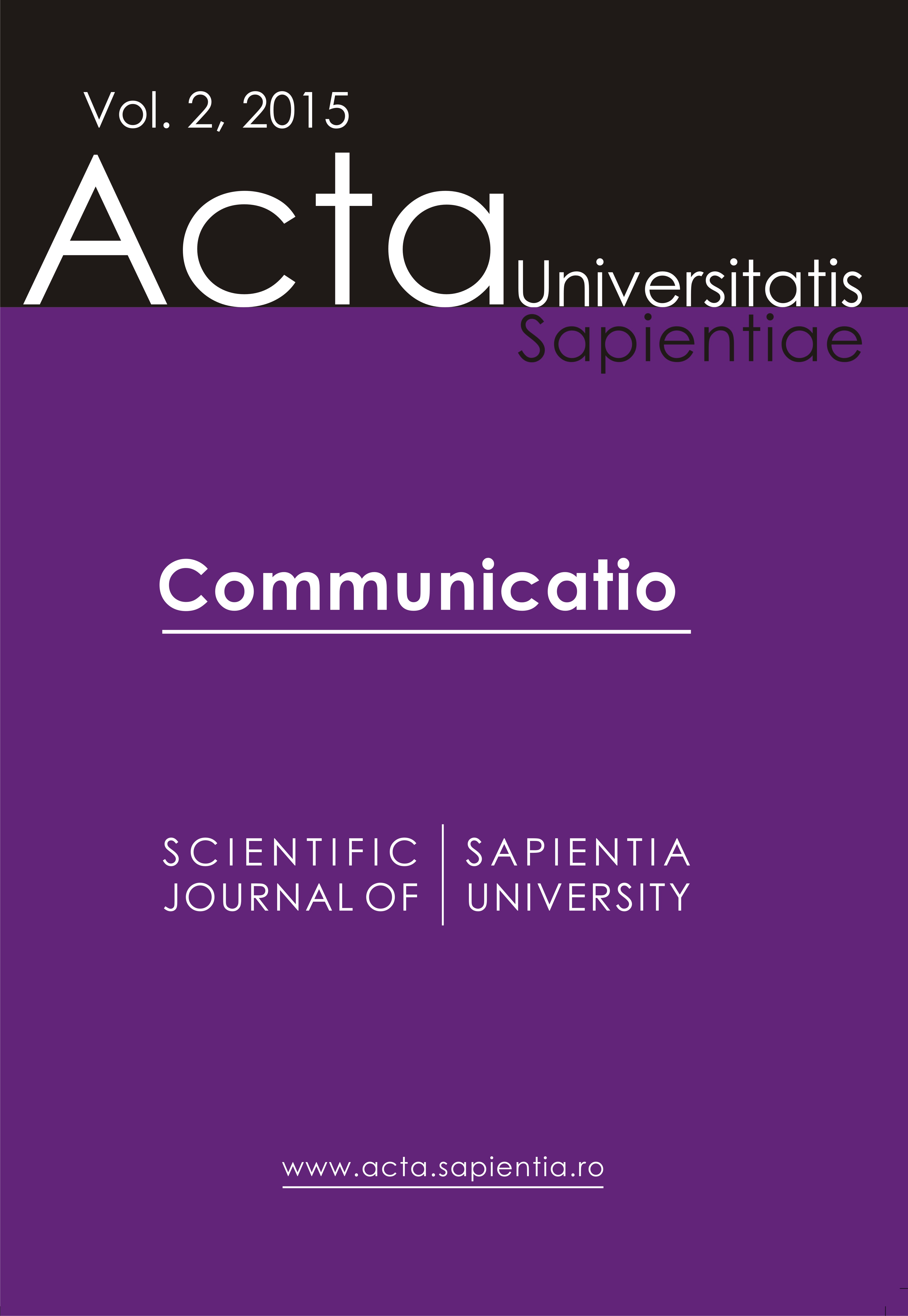
Keywords: folk tradition; folk culture; heritage; invented tradition; rewriting tradition; digitisation; internet usage;
What happens if folk tradition is not externalized in books and archives, but is uploaded to the World Wide Web? What is the guiding intention of the user who deposits the products of folk culture and local tradition to the Internet? Is this a case of patrimonialisation or mere archiving? Should we view the function of the externalization as communicative (informative), performative or depositive (safekeeping)? Does the new medium lead to any change on the level of the habits and functions of use? In other words: is the new medium capable of radically transforming folk tradition and its use in the same way in which mass-media (primarily television) did? This study attempts to explore these questions. It also openly assumes its experimental character. My interest does not primarily lie with the medium and technology but with the people and the society that uses them. Instead of the local culture of Internet use I will offer here an analysis of the use of local (folk) culture through the medium of the Internet. In other words, my focus is on the way in which we use the Internet “for integrating folk culture in our present.”
More...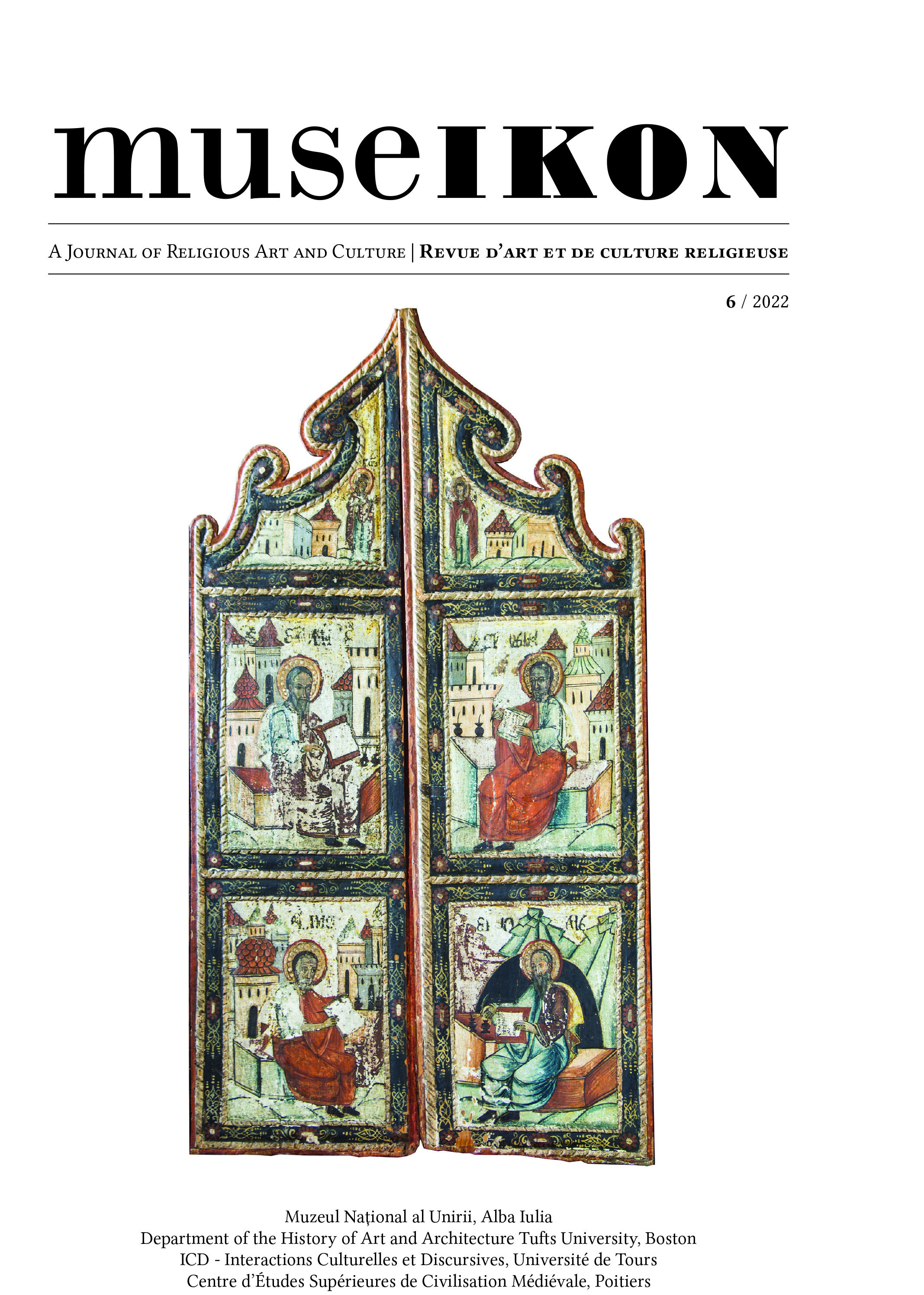
Keywords: Mother of God; post-Byzantine art; iconostasis; sculpture; Northern Carpathians;
Dans les églises de rite byzantin, les ‘portes royales’ de l’iconostase se distinguent par leur richesse, leur étrangeté et leurs mystérieux ornements. Malgré le rôle décoratif essentiel qu’ils jouent, la finalité de ces traits caractéristiques demeure souvent obscure. Le manque d’explication cohérente devient ainsi l’un des défis scientifiques les plus stimulants à relever, afin d’en clarifier la signification. Étant donné que les recherches en ce sens sont encore absentes du panorama critique de l’histoire de l’art post-byzantin, mettre l’accent, dans une analyse du symbolisme des ‘portes royales’, sur une province lointaine telle que le Maramureș pourrait surprendre. La présente étude se propose toutefois d’interpréter la décoration des ‘portes royales’ au sein du cadre strict de l’espace rituel et culturel byzantin dans le territoire des Carpates du Nord à l’époque prémoderne, en s’appuyant, pour ce faire, sur des écrits religieux contemporains des objets étudiés. Puisque ces écrits, à travers les traductions en langue vernaculaire, ont influencé la culture populaire de la région, la décoration des ‘portes royales’ doit être interprétée en clé mariale. Aussi, tous les traits caractéristiques, les détails et les significations de ces portes illustrent la porte du ciel, attribut caractéristique de la Mère de Dieu dès l’incarnation du Christ. Il semblerait donc que le thème central en soit l’Annonciation. Ainsi, l’étude se propose de montrer la manière dont ce thème a été amplifié et diversifié sous forme de cycle iconographique composé de quatre parties, que l’on peut observer à la fois en peinture et en sculpture. Les sculptures témoignent d’un emploi particulier du langage métaphorique, exprimé d’une manière allégorique et emblématique, à travers laquelle les ‘portes royales’ sont transformées en pièces centrales et complexes de l’iconostase. Plusieurs prophéties concernant la Venue du Sauveur grâce à une vierge ont été choisies et représentées dans la sculpture des ‘portes royales’ de la région des Carpates du Nord, qui devient le centre d’un développement iconographique particulier. Sans doute, les disputes religieuses ont-elles façonné la culture spirituelle des croyants orthodoxes des Carpates, à l’époque turbulente de la pré-modernité. À cet égard, la rhétorique du langage artistique visuel se pose en miroir des témoignages apportés par les documents, les inscriptions et les collections folkloriques des communautés de rite byzantin. Situé à un carrefour de civilisations, l’art sacré de Maramureș contribue à une meilleure compréhension de la signification et de l’évolution de ces ‘portes royales’ à l’époque post-byzantine; mais il nourrit également l’étude de l’histoire de l’art européen dans son ensemble.
More...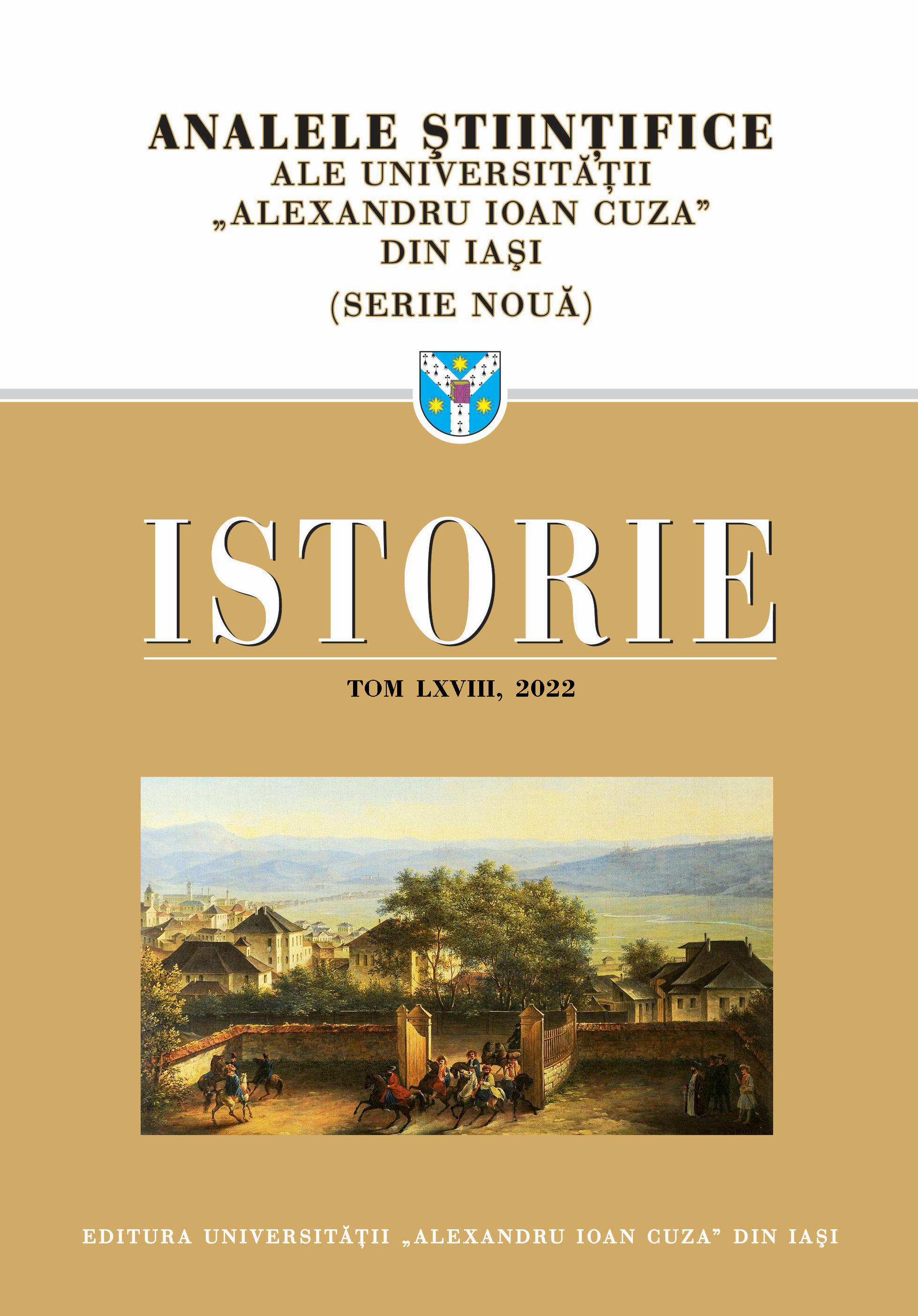
Keywords: First World War; Military Occupation; pro-German / pro-Entente Figures; Public Representation;
In the present study, I analyze the realities of the Central Powers’ occupation (mainly Germany’s) in Romania between 1916-1918 and its representation for the Romanians left in the territory and that not fled to Moldova. Although I include details about how the Central Powers’ occupation was researched in the historiography, I focus on the way in which the experience of Romanians under German administration was subsumed to the need for public legitimacy after the war. A literature of some Romanians’ suffering and resistance during the Germano-Austro-Hungarian domination intersects exculpatory texts regarding those accused of collaborationism. The sides after the war make the moment of the occupation overlap the rift pro-German/pro-Entente.Unlike the decision to participate in the war, where the spokesmen were exclusively members of the political and cultural elites, the subject concerning the position during the conquest of the others generated a more “democratic” debate. It was not only the members of the upper classes who were involved in discourse, on one side or the other, but also secondary characters who became authorized voices in the inter-war context, drawing from the experience from the “German” territory of Romania. Their endeavors are not equal in terms of intentionality, development and language or circulation. The memorialistic works, as auto-referential literature, co-exist with incriminating brochures and newspapers articles, with the parliamentary polemic approaches and those outside the legal forum, which are subsumed to the dynamics of the political game. They are violent in their language or references as they express the euphoria of success and present the treason trials. However, in all these conjectural materials, the authors try to pass verdicts or, on the contrary, to clear them of blame and to justify an act. Due to their diversity, the moral endeavors and the attempts to explain a position are, thus, dissolved in the social texture.These works do not describe a unified culture, but subcultures of suffering or participation. But, The Central Powers’ occupation in Romania generated little variety of attitude from the Romanian elites or the masses. The Romanian’s thoughts and actions were centered around accommodation, regardless of social status. The acceptance of the “foreign” domination was facilitated by the locals’ feeling of being abandoned after the autumn of 1916, but also the fact that occupation meant Germany, with its reputation of great military and civilizational power, with the organization, order and fairness that they introduced. The dilution of the German’s wish to punish their former allies made occupation bearable for most people, for most of the period between November 1916 and December 1918. Excluding the cases of the militant pro-Entente, the majority of those under occupation tried to adapt to the new administrative reality, even if they did it without enthusiasm and, oftentimes, without negotiating.
More...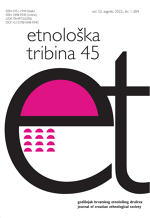
Keywords: Ethnology; Folkloristics; Anthropology; reviews;
Review of: COVID-19 u humanističkoj perspektivi, Ivana Katarinčić, Jelena Marković, Ines Prica i Ana-Marija Vukušić, ur., Institut za etnologiju i folkloristiku, Zagreb, 2022., 661 str; Đordana Barbarić, Siromaštvo. Mrlja na savjesti čovječanstva. Prikaz okvira i mogućnosti suzbijanja siromaštva u RH, Udruga MoSt, Split, 2020., 77 str.; Zvjezdana Antoš, Zbirka pokućstva (The furniture collection), Etnografski muzej, Zagreb, 2021., 264 str; Mojca Ramšak, Social Impact of Wine Marketing. The Challenge of Digital Technologies to Regulation, Springer, Cham, 2022., 120 str; Katarina Horvat, Kućna služinčad u Zagrebu 1880.–1914., Srednja Europa, Zagreb, 2021., 353 str.; Dylan Robinson, Hungry Listening. Resonant Theory for Indigenous Sound Studies, University of Minnesota Press, Minneapolis, 2020., 288 str.; Sanja Đurin, “Hrvati su brend u Čileu”. Diskursi uspješnosti i pripadanja, Institut za etnologiju i folkloristiku, Zagreb, 2020., 213 str.; Melanija Belaj, Obiteljske fotografije. Kulturnoantropološka perspektiva, Biakova i Institut za etnologiju i folkloristiku, Zagreb, 2020., 175. str.
More...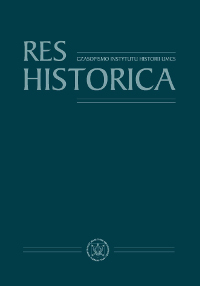
Keywords: Lublin – Poland’s interwar period – city – residents
This article aims at examining two closely related components of Lublin in the interwar period, i.e. the city itself and its residents. Although the hostilities of the Great War did not affect Lublin directly, it does not mean that they did not leave any trace. The collapse of the supply system, terrible accommodation conditions, low sanitary levels, increased crime, collapse of industrial plants, unemployment and homelessness, were all clearly visible in the city which became the capital of the voivodeship and the center of many national, municipal, and military offices. Taking all these elements into consideration, the Author analyzed the following issues in this article: the city’s urban development, residents’ living conditions, activities of the authorities and offices, economic life, problems in culture, science, and education, as well as health care services. The conducted analysis induces a statement that life in the inter-war Lublin consisted of the elements which can be evaluated in plus but there were also many factors which could be assessed only negatively. Despite many shortcomings, the Author noticed that, considering the modernization carried out at the time, the balance of the decision makers’ efforts should be assessed positively. For it should be remembered how important the problems that faced the city’s authorities were and how limited the available financial, technological, and staff resources were.
More...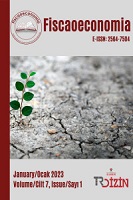
Keywords: ARAS Method; Entropy Method; Environmental Performance Index; Level-2 Region; Multi-Criteria Decision Making Method;
The study's objectives are to assess the environmental performance of the NUTS-2 Region from 2009 to 2020 and to provide policy suggestions based on the results. Multi-Criteria Decision Making (MCDM) techniques were used in the assessment of environmental performance. The environmental performance criteria used in the assessment are the total electricity consumption per capita, agriculture, forestry, and fisheries, the number of water supply enterprises, the urban population, and the amount of wastewater treated by the municipalities. First of all, the weights of the indicators to be used in the evaluation of environmental performance were calculated with the Entropy method, which is one of the MCDM methods. Then, with the help of the ARAS method, the environmental performance ranking of the NUTS-2 Region was obtained. Within the scope of the findings, the environmental performance criterion with the highest weight by the Entropy method is electricity consumption per capita; the lowest is the amount of wastewater treated by the municipalities. With the ARAS method, it was observed that the region with the highest environmental performance was TR10 (Istanbul), while the lowest was TR63 (Hatay, Kahramanmaraş, Osmaniye).
More...
Keywords: Lvov-Warsaw School; aesthetic value; aesthetics; axiology; beauty
More...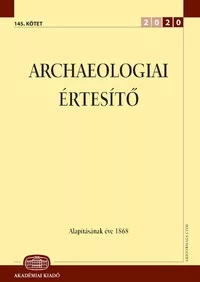
Keywords: Late Avar decorative arts; Byzantine iconography; ornament; local adaptation
The overall picture of the Late Avar decorative art was formed under a strong antique influence. The paper discusses antique-type figures and scenes that appear in Late Avar decorative art, probably of Byzantine origin. At the beginning and in the middle–second half of the Late Avar period, there are two different groups of figures and scenes while the adaptive mechanisms of the Avar culture were also different in their case. In contrast to the motifs of the earlier group, which were subject to a stronger Avar influence, the Avar adaptation in the later group seems to be minimal, and it is not clear where some of the features that seem unusual from the context of Mediterranean culture have been incorporated into the iconography, which is mainly known from belt decorations. The differences between the early and late groups are probably due to changes in the challenges to which the Avar society attempted to respond through cultural means.
More...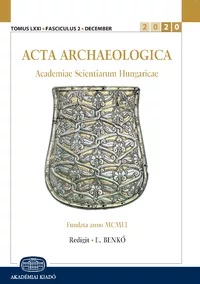
Keywords: rotary key; late antique; Avar period; Carpathian Basin; Mediterranean
The present paper describes and discusses a group of iron and copper-alloy rotary keys characterised by a moveable joint connecting the shaft and the key-ring, appearing in the seventh-century material record of the Carpathian Basin whose origins can be sought in the Mediterranean. While the few published examples of the class were in previous studies mainly regarded as Roman-period artefacts secondarily re-used as amulets by the Avar-period population of the Carpathian Basin, the present study argues that these pieces in fact have a sixth-to seventh-century production date, being thereby contemporaneous with their deposition in seventh-century mortuary assemblages. Taking this observation as a springboard for further interpretation, an overview of the possible meanings and symbolic associations attached to keys in Roman, late antique, and early medieval times is offered. The main argument presented here is that besides serving amuletic purposes, some of the Avar-period keys could in all probability have conveyed more explicit messages about their owners, such as that of their feminity and of their economic role and authority in their respective households. The Appendix supplementing the present paper seeks to provide a theoretical reconstruction of a wooden casket buried with the woman interred in Grave 119 of the Kölked-Feketekapu B cemetery, one of the burials yielding a Mediterranean hinged rotary key.
More...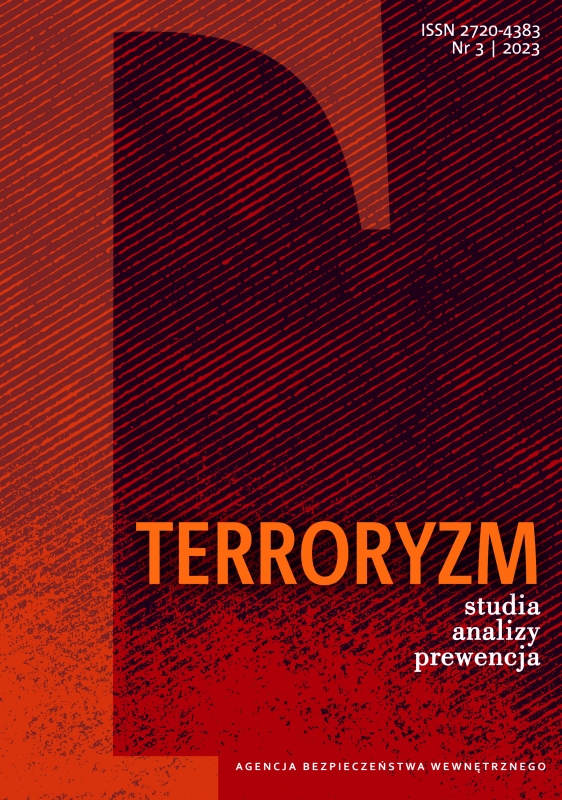
Keywords: protection of public spaces and critical infrastructure; anti-terrorist barriers; VSB; reducing the risk of attack with hostile vehicles; HVM; vehicle used as a weapon; VAW; standards: PAS 68; IWA 14
The use of vehicles as tools for terrorist attacks, which has been occurring over the past few years, has led to the increasing use of anti-terrorist blockades around critical infrastructure buildings and in public spaces. This process has progressed as awareness and knowledge of the existence of this type of threat has increased among decision-makers. The variety of devices used to protect against attacks and their selection is not obvious and easy to implement. In this article, the author attempts to describe the occurrence of risks to critical infrastructure facilities from road vehicles used as weapons to carry out attacks. He describes the possibilities of preventing this type of event and recommends solutions to help in the design and implementation of external building security systems. The guidelines contained in the article can be a source of knowledge for those responsible for the security of facilities, but in addition to the theoretical basis in the design of external security of facilities, it is necessary in each case to carry out a specialised risk assessment, carried out by a qualified consultant.
More...